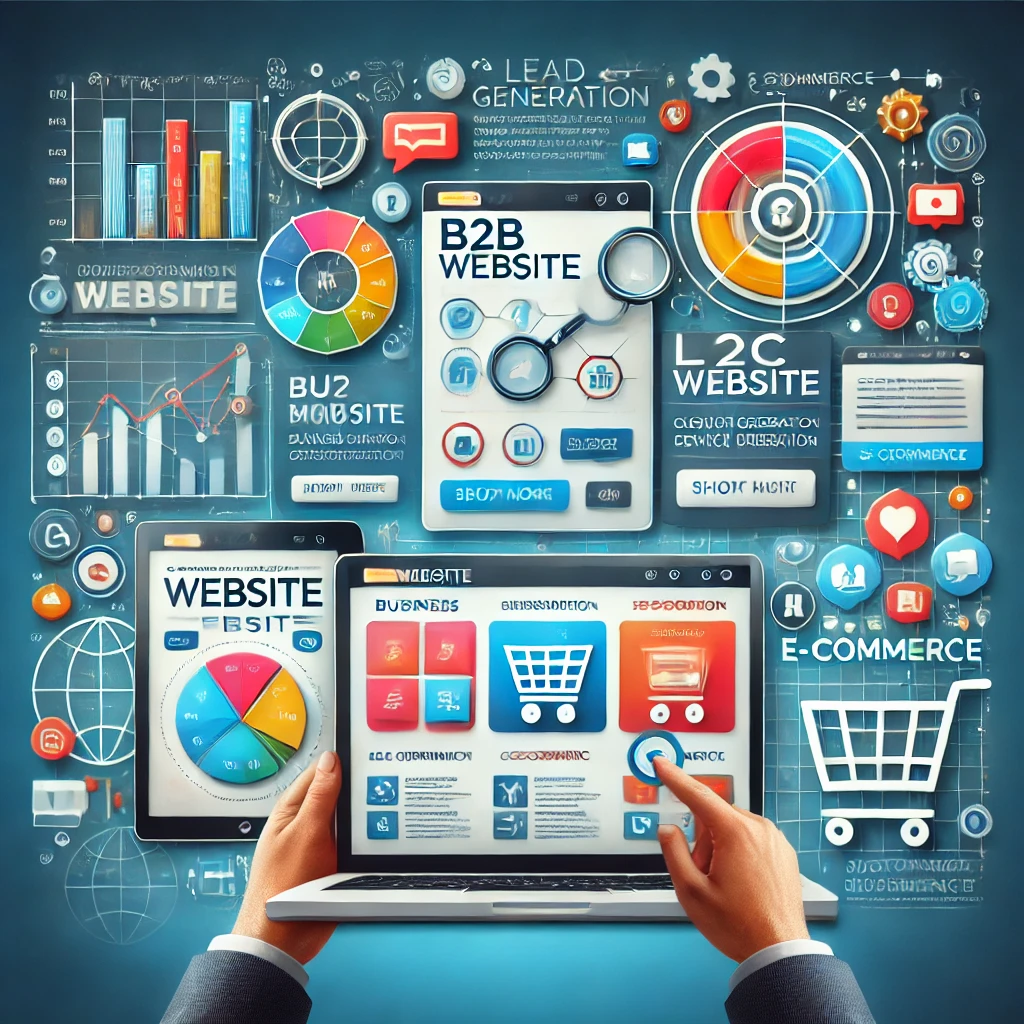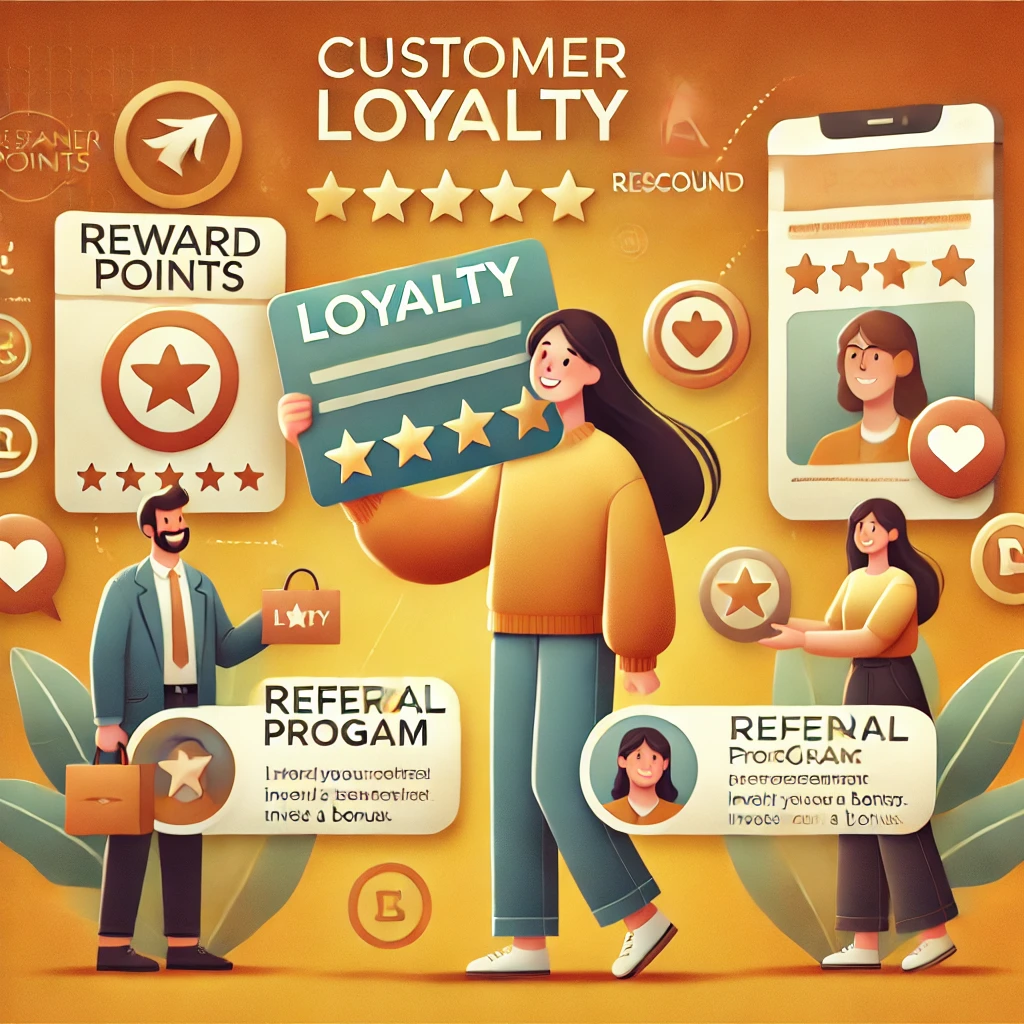However, merely having a website is not enough. Without a well-defined strategy, your website may not yield the desired results. A strategic approach, especially through Inbound Marketing, is essential to convert visitors into loyal customers.
Whether you are running a B2B company (selling to businesses) or a B2C company (selling to final consumers), your inbound marketing strategy must be tailored to your target audience. A robust website acts as the foundation for your inbound strategy, integrating elements such as:
- Personal Branding Services
- SEO Solutions for Growing Businesses
- Social Media Management for Startups
- Pay-Per-Click (PPC) Campaign Optimization
- Content Marketing and Blogging Services
- Marketing Automation & Services
At KSoftTechnologies, we specialize in crafting tailored inbound marketing strategies that enhance online presence and drive conversions for businesses of all sizes.
Let’s explore how inbound marketing strategies, coupled with effective website design, help businesses attract, convert, and retain customers.
Understanding the Website’s Role in Inbound Marketing
Step 1: Defining Website Goals
Before designing a website, it is essential to define its purpose. Different types of businesses have unique objectives, and their websites should reflect these goals.
- B2B Websites: Focus on lead generation and providing detailed product/service information.
- B2C Websites: Prioritize user experience and seamless purchasing.
- E-Commerce Websites: Require secure payment options, product descriptions, and customer reviews.
Once the goals are clear, the next step is designing a marketing strategy tailored to these objectives.

Inbound Marketing Strategy: The Four Key Phases
1. Attract: Drawing in Potential Customers
The first phase of the inbound marketing funnel is attracting potential customers to your website.
- Content Marketing and Blogging Services: A blog is a crucial element in inbound marketing. Writing high-quality content optimized for SEO ensures that search engines rank your website higher.
- SEO Solutions for Growing Businesses: Implementing on-page and off-page SEO techniques helps improve search rankings. Keywords like "Personal Branding Services" and "Result-Oriented SEO Packages" should be strategically placed within your content to increase visibility.
- Social Media Management for Startups: Promoting content through social media platforms like LinkedIn, Facebook, Instagram, and Twitter boosts website traffic.
- Pay-Per-Click (PPC) Campaign Optimization: PPC campaigns help businesses attract highly targeted traffic through paid ads.
- Influencer Collaborations & Guest Blogging: Partnering with industry influencers and guest posting on authoritative websites can amplify your online reach and credibility.
- Video Marketing & Webinars: Creating engaging video content and hosting webinars provides value to users and increases website engagement.
2. Convert: Transforming Visitors into Leads
Once traffic starts coming in, the next step is to convert these visitors into leads. A well-designed website encourages users to take action through:
- Call-to-Action (CTA) Buttons: Placed within blog posts, landing pages, and homepages, CTAs encourage visitors to sign up, download resources, or contact the company.
- Landing Pages & Forms: Collecting visitor information through lead magnets, such as e-books or free consultations, aids in conversion.
- Marketing Automation & Services: Automated email sequences help nurture leads and push them further down the sales funnel.
- Chatbots & AI Assistants: Integrating AI-powered chatbots enhances user engagement and improves lead generation.
3. Close: Converting Leads into Customers
The next stage focuses on closing the deal. To achieve this, businesses should ensure that:
- Website Design is Optimized for Conversions: A user-friendly interface, seamless navigation, and secure checkout systems are crucial.
- Compelling Product/Service Pages: Clearly defined benefits, testimonials, and trust signals enhance credibility.
- SEO & PPC Optimization: Paid advertising, combined with SEO, ensures that leads transition smoothly into paying customers.
- Personalized Email Sequences: Sending targeted emails based on user behavior increases conversion rates.
4. Loyalty: Retaining Customers & Creating Brand Advocates
The final stage of inbound marketing involves retaining customers and encouraging them to become brand ambassadors. Strategies include:
- Personalized Email Marketing Campaigns: Engaging customers with exclusive offers and personalized recommendations.
- Customer Support & After-Sales Services: Addressing queries and resolving issues promptly.
- Social Media Engagement & Reputation Management: Monitoring customer feedback and interacting with users to build brand loyalty.
- Loyalty Programs & Referral Incentives: Offering discounts and referral bonuses encourages customers to promote your brand.

Designing Your Website for Maximum Impact
1. Product Exhibition Websites
A product exhibition website is ideal for showcasing products or services with high-quality images, videos, and interactive elements. Features to include:
- Minimalistic yet engaging design
- Fast loading speed and mobile responsiveness
- Clear product/service descriptions with compelling CTAs
- SEO-optimized pages for better discoverability
2. B2B Websites
B2B websites require a more detailed and informative approach. Essential components include:
- Technical Data & Product Descriptions: Offering comprehensive details for potential buyers.
- Downloadable Resources: Whitepapers, case studies, and brochures provide valuable insights.
- Lead Generation Forms & Chatbots: Encouraging user interaction and quick query resolution.
- Content Marketing and Blogging Services: Educating visitors through industry-related content.
3. B2C & E-Commerce Websites
E-commerce websites must focus on usability, security, and customer engagement. Key elements include:
- Visually Appealing Product Pages: Featuring high-resolution images and engaging descriptions.
- Easy Navigation & Search Functionality: Enabling users to find what they need effortlessly.
- Secure Checkout & Payment Options: Providing various payment methods with SSL encryption.
- Marketing Automation & Services: Implementing abandoned cart recovery emails and personalized recommendations.
- User Reviews & Social Proof: Displaying testimonials and ratings builds trust and influences purchasing decisions.
Conclusion
A well-structured website plays a pivotal role in a successful inbound marketing strategy. By focusing on SEO Solutions for Growing Businesses, Content Marketing and Blogging Services, Social Media Management for Startups, Marketing Automation & Services, and Pay-Per-Click (PPC) Campaign Optimization, businesses can increase their online visibility, attract potential customers, and convert them into loyal advocates.
At KSoftTechnologies, we empower businesses with Personal Branding Services, Result-Oriented SEO Packages, and effective digital marketing techniques to establish a powerful online presence, outperform competitors, and drive more conversions effortlessly.
To stay ahead in today’s competitive digital landscape, investing in a result-driven website aligned with an inbound marketing strategy is crucial. Whether you’re a B2B enterprise, a B2C retailer, or an e-commerce store, optimizing your website ensures sustainable growth and long-term success.
Are you ready to optimize your website and inbound marketing strategy with KSoftTechnologies? Now is the time to take action and make your brand stand out online!



